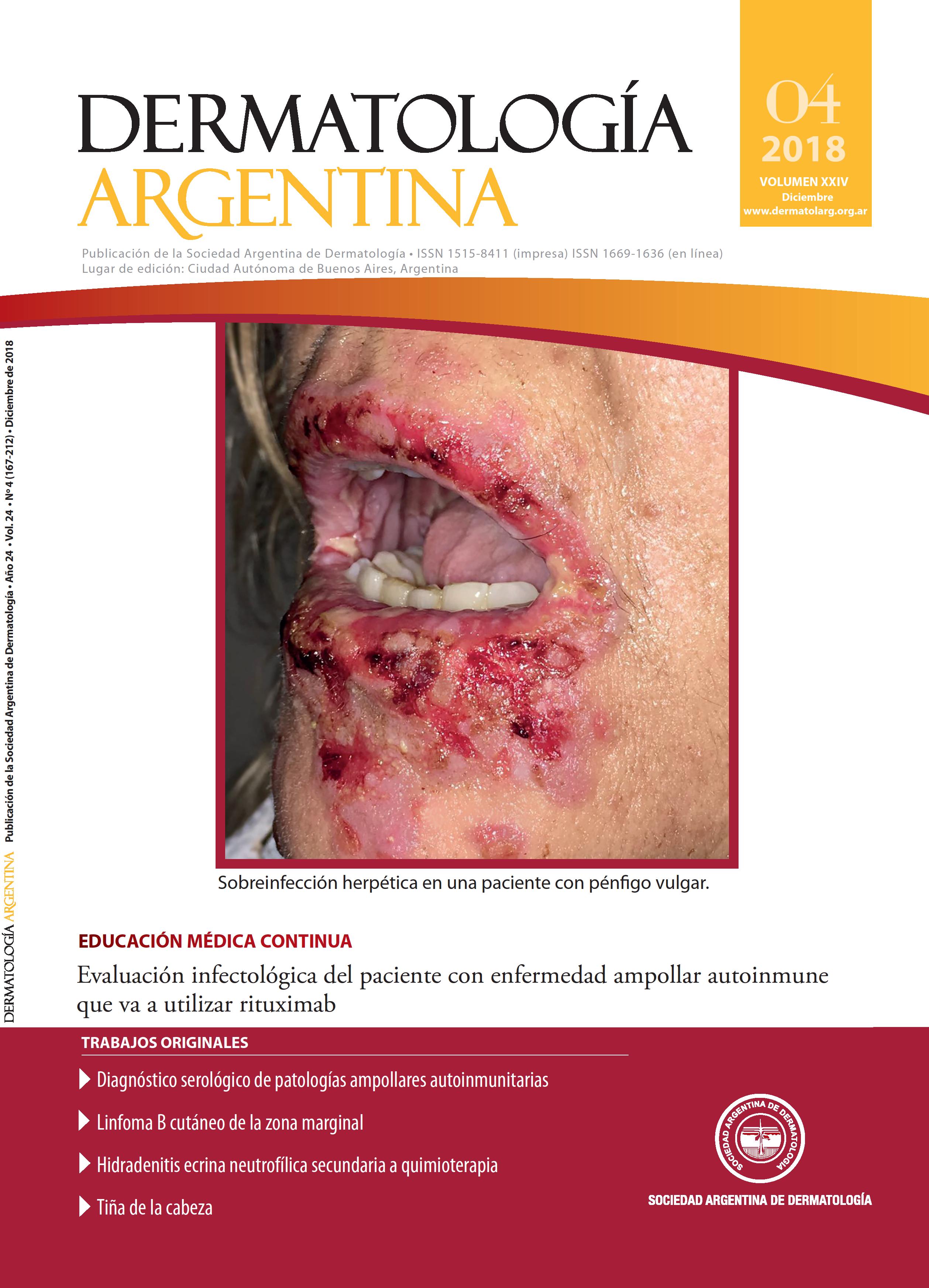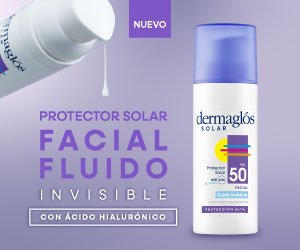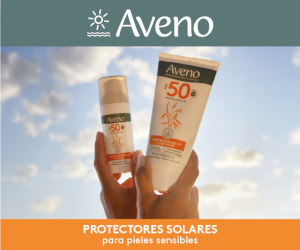Tinea capitis
Keywords:
tinea capitis, Microsporum canis, Microsporum gypseum, griseofulvinAbstract
Introduction: Tinea capitis is the infection of the scalp, produced by a dermatophyte fungus. It is essential to know the epidemiology of the etiological agents in each region. Objectives: To know the epidemiology of tinea capitis in the Hospital Privado Universitario de Córdoba. Determine the clinic of them. Characterize their etiological agents according to the results of the mycological analysis and evaluate the treatments. Materials and methods: The study was descriptive, observational and retrospective. We reviewed 63 medical records of patients aged 0 to 18 years, who were asked for mycological lesions on the scalp, from June 2010 to June 2016. Patients with a clinical diagnosis of tinea capitis, treated with oral antifungals were included for statistical analysis. Results: A total of 21 patients were included. Nineteen patients (90%)were non-inflammatory clinical forms. With reference to cultures, we had 16 positive cultures (76%). Of them, 13 developed Microsporum canis (61.9%), 2 Microsporum gypseum (9.5%), one Trichophyton mentagrophytes (4.8%); the remaining 5 cultures (24%) were negative, but due to the strong clinical suspicion they were treated with oral antifungals. Griseofulvin was indicated in 19 patients (90.48%). Conclusions: The most frequent clinical form was non-inflammatory. Microsporum canis was the most frequent fungus, followed by Microsporum gypseum, which could be marking this, as the emerging etiological agent in our environment. Griseofulvin was the most used antifungal, with good cure rates.References
I. Paller AS, Mancini AJ. Skin disorders due to fungi. En: Paller AS y Mancini AJ, eds. Hurwitz Clinical Pediatric Dermatology. Elsevier, Toronto; 2016:402-407.
II. Arnaldo AC, Rivelli V, Correa J, Mendoza G. Tiña de la cabeza. Comunicación de 54 casos. Rev ChilPediatr 2004;75:392-397. 3
III. Santos PE, Córdoba S, Rodero LL, Carrillo-Muñoz A J, et ál. Tinea capitis. Experiencia de 2 años en un hospital de pediatría de Buenos Aires, Argentina. Rev Iberoam Micol 2010;27:104-106.
IV. Lynch P, Finquelievich J, Etchepare P, Lamy P, et ál. Tinea capitis: estudio epidemiológico en el Hospital Municipal Materno Infantil de San Isidro Dr. C. Gianantonio (período abril de 2000 a marzo de 2002). Dermatol Pediatr Lat 2005;3:39-43.
V. García-Martos P, Ruiz-Aragón J, García-Agudo L, Linares M. Dermatofitosis por Microsporum gypseum: descripción de ocho casos y revisión de la literatura. Rev Iberoam Micol 2004;21:147-149.
VI. Mazza M, Refojo N, Davel G, Lima N, et ál. Epidemiology of dermatophytoses in 31 municipalities of the province of Buenos Aires, Argentina: a 6-year study. Rev Iberoam Micol2018;35:97-102.
VII. Neri I, Orgaz-Molina J, Cibatti S, Ricci L, et ál. Tinea capitis and dermatoscopy. An Pediatr (Barc) 2014;81:53-54.
VIII.. Jauregui-Aguirre E, Quiñones-Venegas R. Tricoscopia en tiña de la cabeza. Dermatol Rev Mex 2015;59:142-149.
IX. Isa-Isa R, Arenas R, Isa M. Inflammatory tinea capitis: kerion, dermatophytic granuloma, and mycetoma. Clin Dermatol2010;28:133-136.
X. Gehris RP. Dermatology. Zitelli BJ, McIntire SC, Nowalk AJ, eds. En: Zitelli and Davis. Atlas of Pediatric Physical Diagnosis. 7th ed. Elsevier, Philadelphia; 2017:334-336.
XI. Rebollo N, López-Barcenas AP, Arenas R. Tinea capitis. Actas Dermosifiliogr 2008;99:91-100.
XII. Kakourou T, Uksal U. European society for pediatric dermatology. Guidelines for the management of tinea capitis in children. Pediatr Dermatol 2010;27:226-228.
XIII. Palacio A, Garau M, Cuétara MS. Tratamiento actual de las dermatofitosis. Rev Iberoam Micol 2002;19:68-71.
XIV. Chen X, Jiang X, Yang M, González U, et ál. Systemic antifungal therapy for tinea capitis in children. [en línea], Cochrane Database of Systematic Reviews 2016, 12 de mayo de 2016, Issue 5 [consulta: 12 junio 2018].
XV. Mangaiterra ML, Giusiano GE, Alonso JM, Pons de Storni L, et ál. Dermatofitosis en el área del Gran Resistencia, Provincia del Chaco, Argentina. Rev Argent Microbiol 1998;30:79-83.
XVI. García-Díaz R, González MT, Santos P, Pierini AM. Superficial mycoses in children: a 3-year survey in Buenos Aires. En: Pierini AM, García-Díaz R, Bustamante RE, eds. Pediatric Dermatology. Elsevier, Buenos Aires; 1995:75-78.
XVII. Davel G, Perrotta D, Canteros C, Córdoba S, et ál. Estudio multicéntrico de micosis superficiales en Argentina. Rev Argent Microbiol 1999;31:173-181.
XVIII. Souza BS, Sartori DS, Andrade C, Weisheimer E, et ál. Dermatophytosis caused by Microsporum gypseum in infants: report of four cases and review of the literature. An Bras Dermatol2016;91:823-825.
Downloads
Published
Issue
Section
License
Copyright (c) 2018 Argentine Society of Dermatolgy

This work is licensed under a Creative Commons Attribution-NonCommercial-NoDerivatives 4.0 International License.
El/los autor/es tranfieren todos los derechos de autor del manuscrito arriba mencionado a Dermatología Argentina en el caso de que el trabajo sea publicado. El/los autor/es declaran que el artículo es original, que no infringe ningún derecho de propiedad intelectual u otros derechos de terceros, que no se encuentra bajo consideración de otra revista y que no ha sido previamente publicado.
Le solicitamos haga click aquí para imprimir, firmar y enviar por correo postal la transferencia de los derechos de autor













